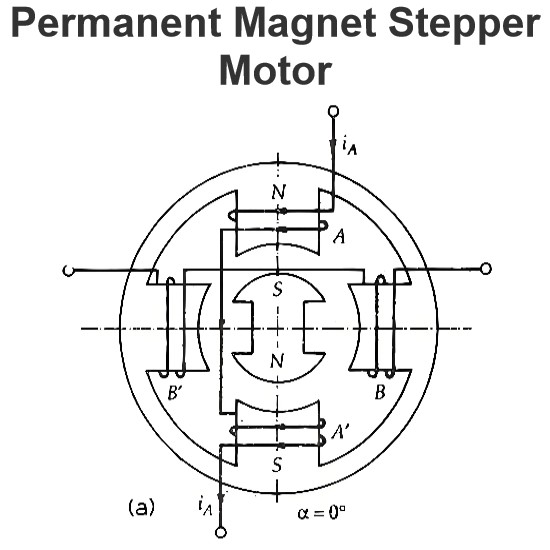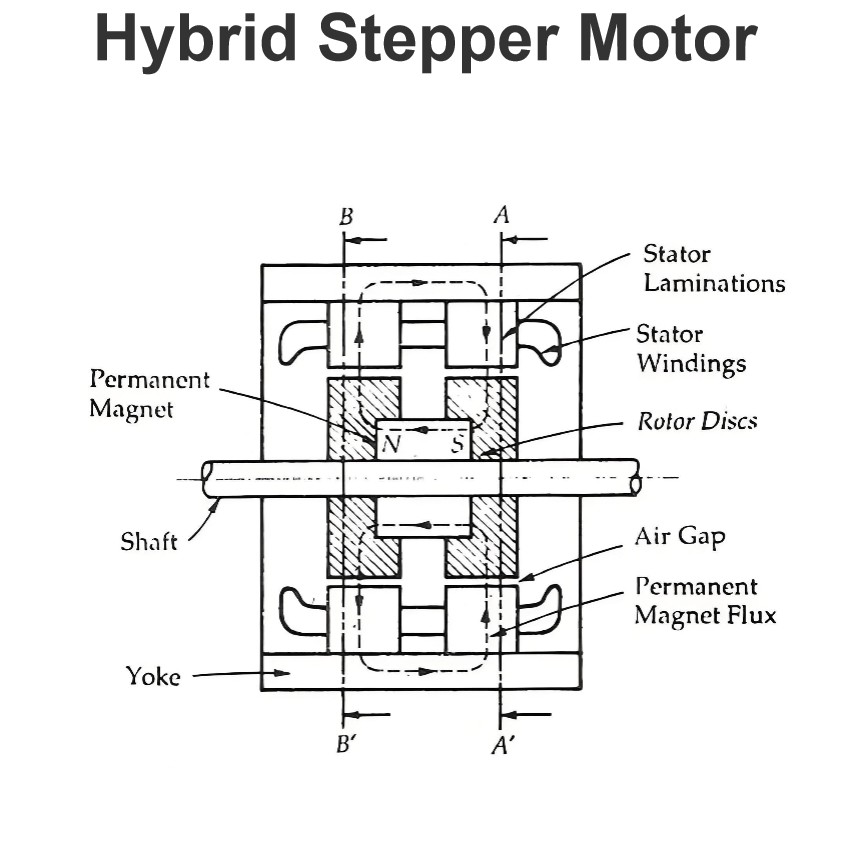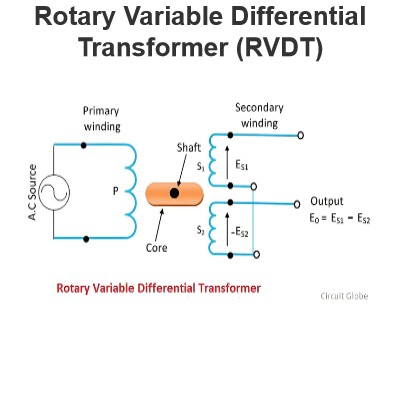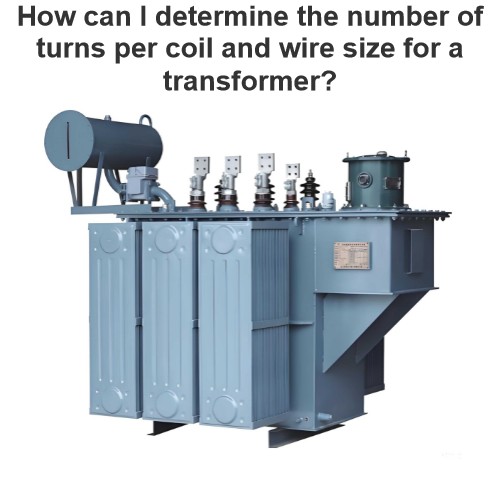What is the Operating Principle of DC Motor?
What is the Operating Principle of DC Motor?
DC Motor Definition
A DC motor is defined as a device that converts direct electrical energy into mechanical energy using magnetic fields and electrical currents.
DC motors play a crucial role in modern industry. Understanding the working principle of a DC motor, which we explore in this article, begins with its fundamental single loop construction.
The very basic construction of a DC motor contains a current carrying armature, connected to the supply end through commutator segments and brushes. The armature is placed in between north pole and south pole of a permanent or an electromagnet as shown in the diagram above.
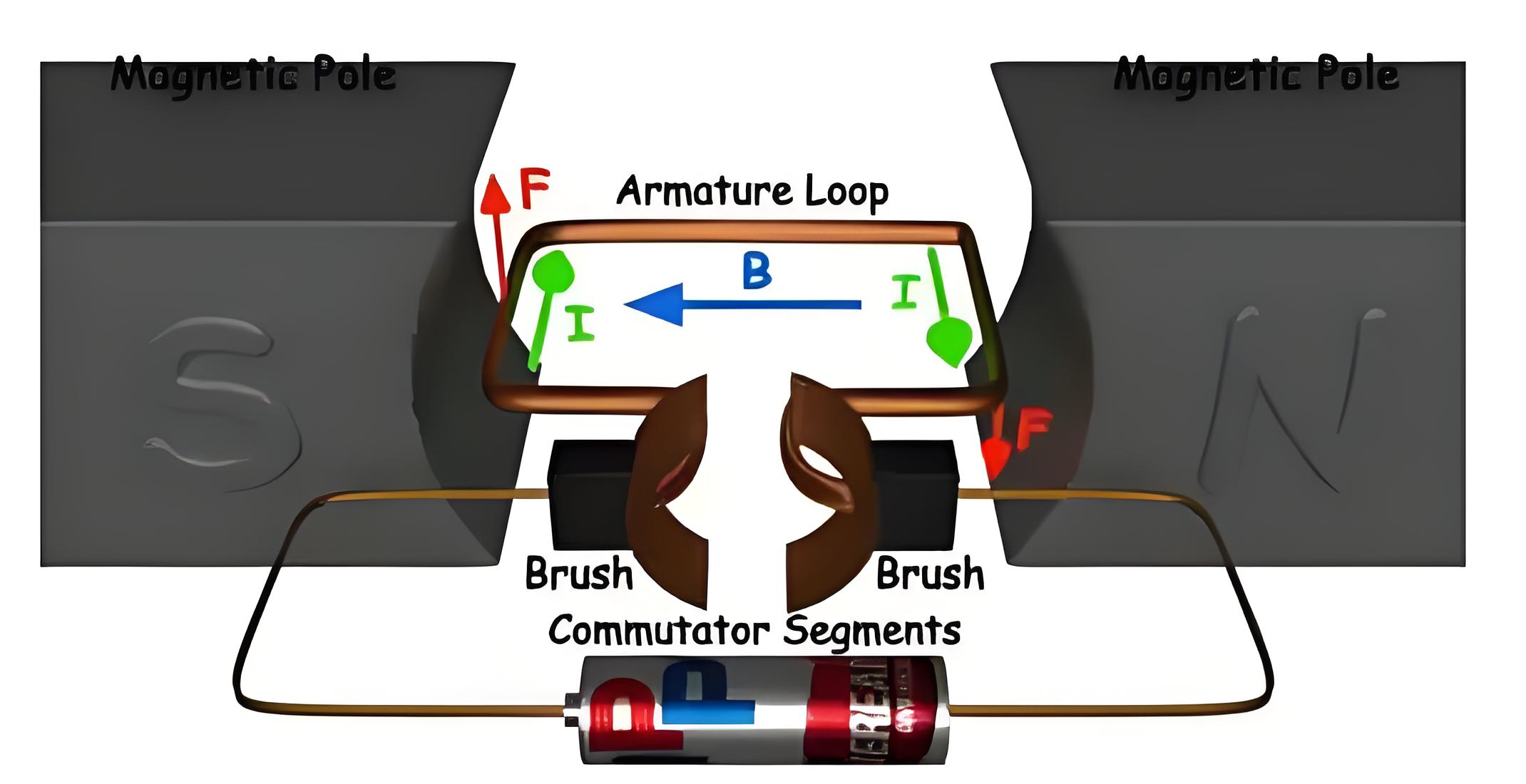
When direct current flows through the armature, it experiences a mechanical force from the surrounding magnets. To fully grasp how a DC motor operates, it’s essential to understand Fleming’s left-hand rule, which helps determine the force direction on the armature.
If a current carrying conductor is placed in a magnetic field perpendicularly, then the conductor experiences a force in the direction mutually perpendicular to both the direction of field and the current carrying conductor.
Fleming’s Left-Hand Rule can determine the direction of rotation of the motor. This rule says if we extend the index finger, middle finger and thumb of our left-hand perpendicular to each is such a way that middle finger is in the direction of current in the conductor, and index finger is along the direction of magnetic field, i.e., north to south pole, then thumb indicates the direction of the created mechanical force.
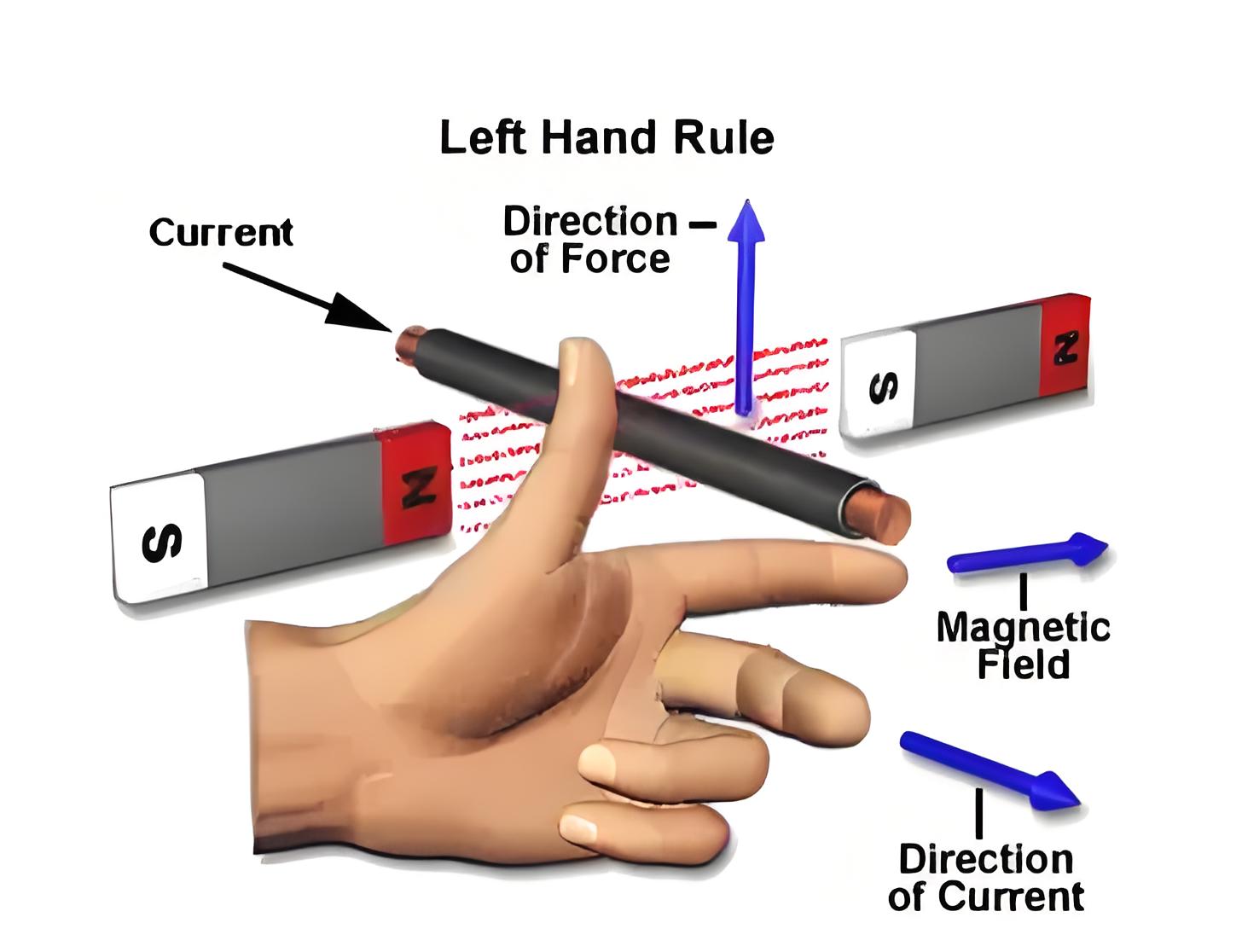
For clear understanding the principle of DC motor we have to determine the magnitude of the force, by considering the diagram below.
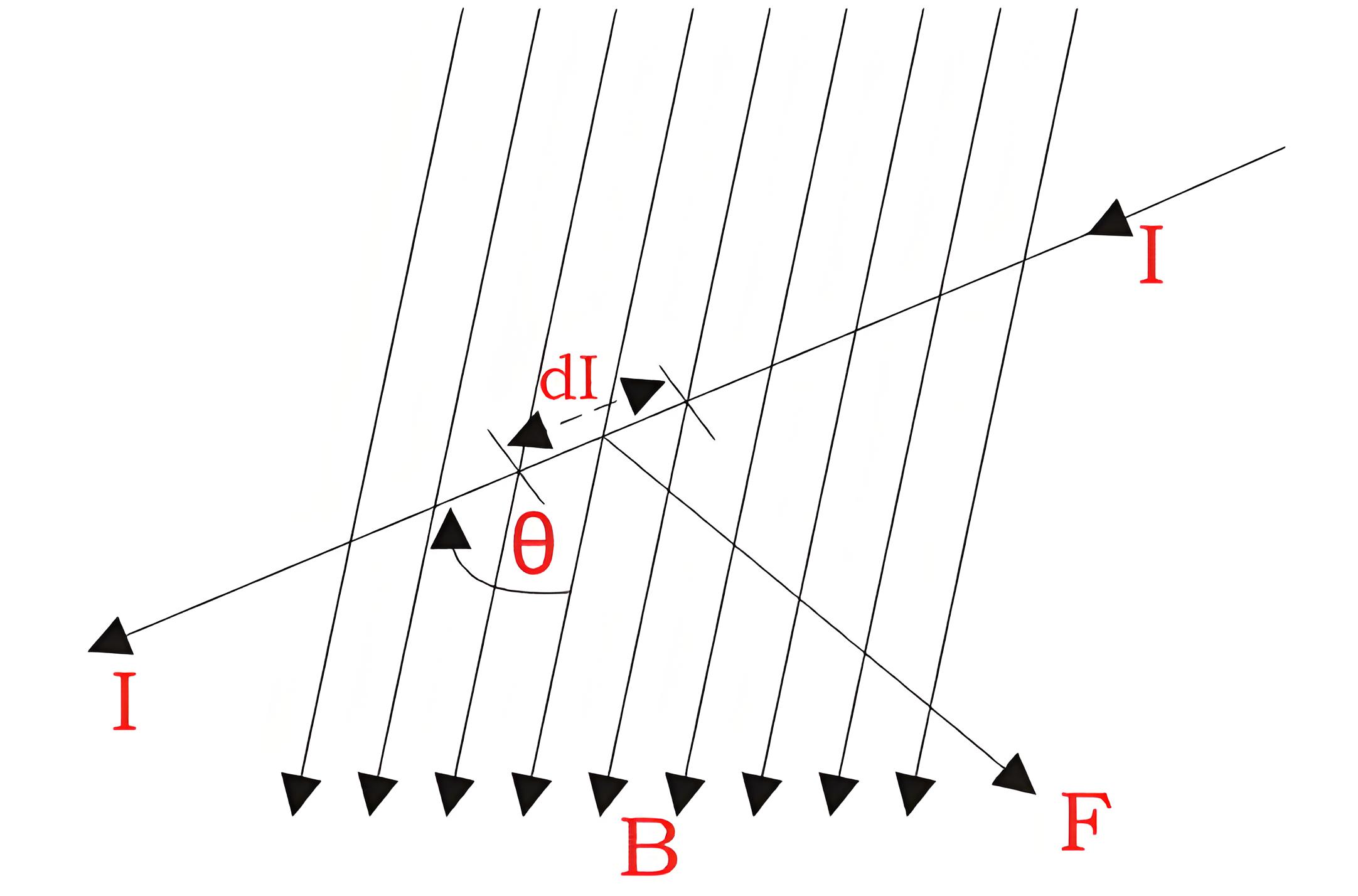
We know that when an infinitely small charge dq is made to flow at a velocity ‘v’ under the influence of an electric field E, and a magnetic field B, then the Lorentz Force dF experienced by the charge is given by:-
For the operation of DC motor, considering E = 0.
i.e. it’s the cross product of dq v and magnetic field B.
Where, dL is the length of the conductor carrying charge q.
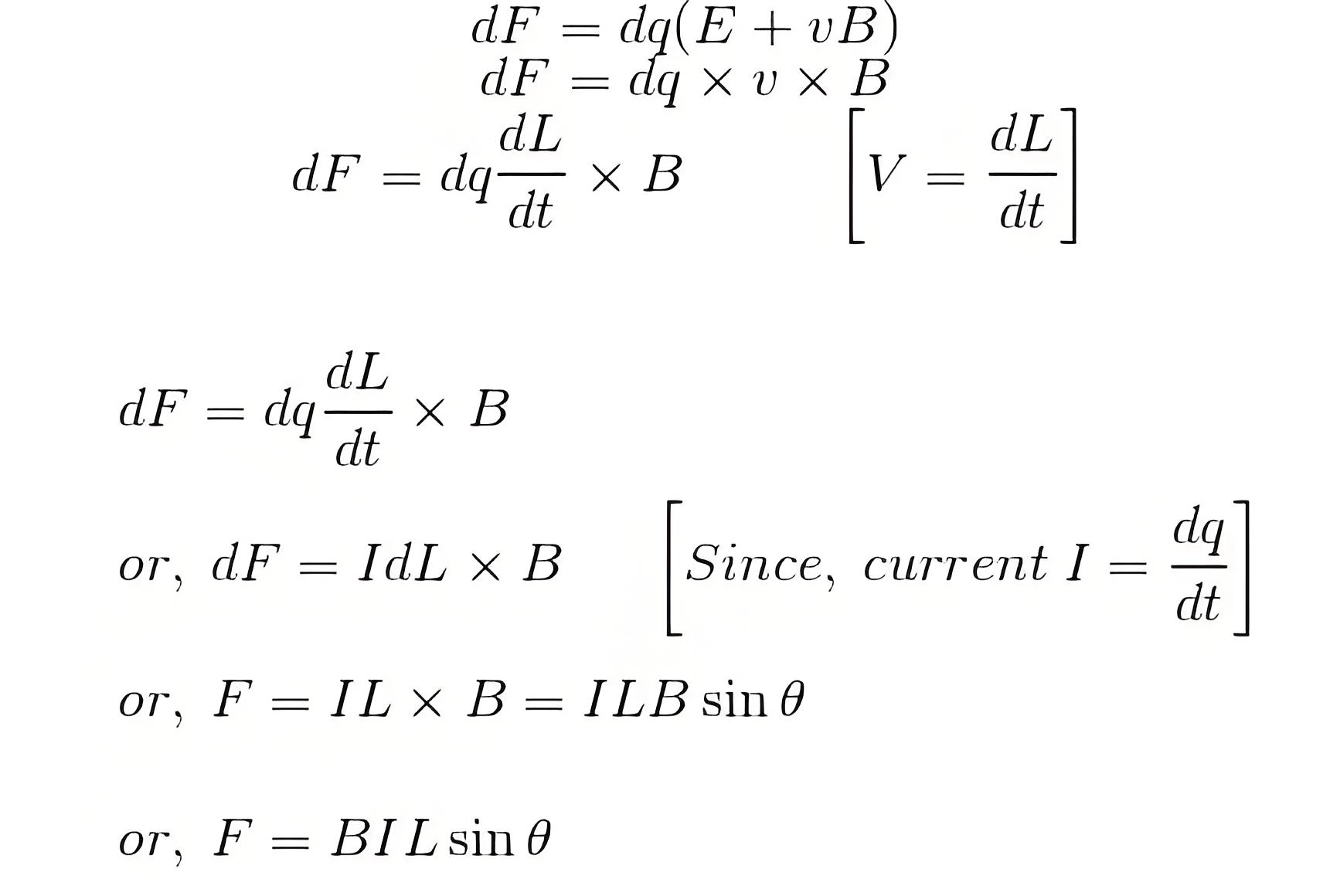
From the 1st diagram we can see that the construction of a DC motor is such that the direction of current through the armature conductor at all instance is perpendicular to the field. Hence the force acts on the armature conductor in the direction perpendicular to both uniform field, and current is constant.
So if we take the current in the left-hand side of the armature conductor to be I, and current at the right-hand side of the armature conductor to be -I, because they are flowing in the opposite direction to each other.
Then the force on the left-hand side armature conductor,
Similarly, the force on the right-hand side conductor,
Therefore, we can see that at that position the force on either side is equal in magnitude but opposite in direction. Since the two conductors are separated by some distance w = width of the armature turn, the two opposite forces produce a rotational force or a torque that results in the rotation of the armature conductor.
Now let’s examine the expression of torque when the armature turn create an angle of α (alpha) with its initial position.The torque produced is given by,
Here α (alpha) is the angle between the plane of the armature turn and the plane of reference or the initial position of the armature which is here along the direction of magnetic field.
The presence of the term cosα in the torque equation very well signifies that unlike force the torque at all position is not the same. It, in fact, varies with the variation of the angle α (alpha). To explain the variation of torque and the principle behind the rotation of the motor let us do a stepwise analysis.
Step 1:
Initially considering the armature is in its starting point or reference position where the angle α = 0.
Since, α = 0, the term cos α = 1, or the maximum value, hence torque at this position is maximum given by τ = BILw. This high starting torque helps in overcoming the initial inertia of rest of the armature and sets it into the rotation.
Step 2:
Once the armature sets in motion, the angle α between the actual position of the armature and its initial reference position goes on increasing in the path of its rotation until it becomes 90 o from its initial position. Consequently, the term cosα decreases and also the value of torque.
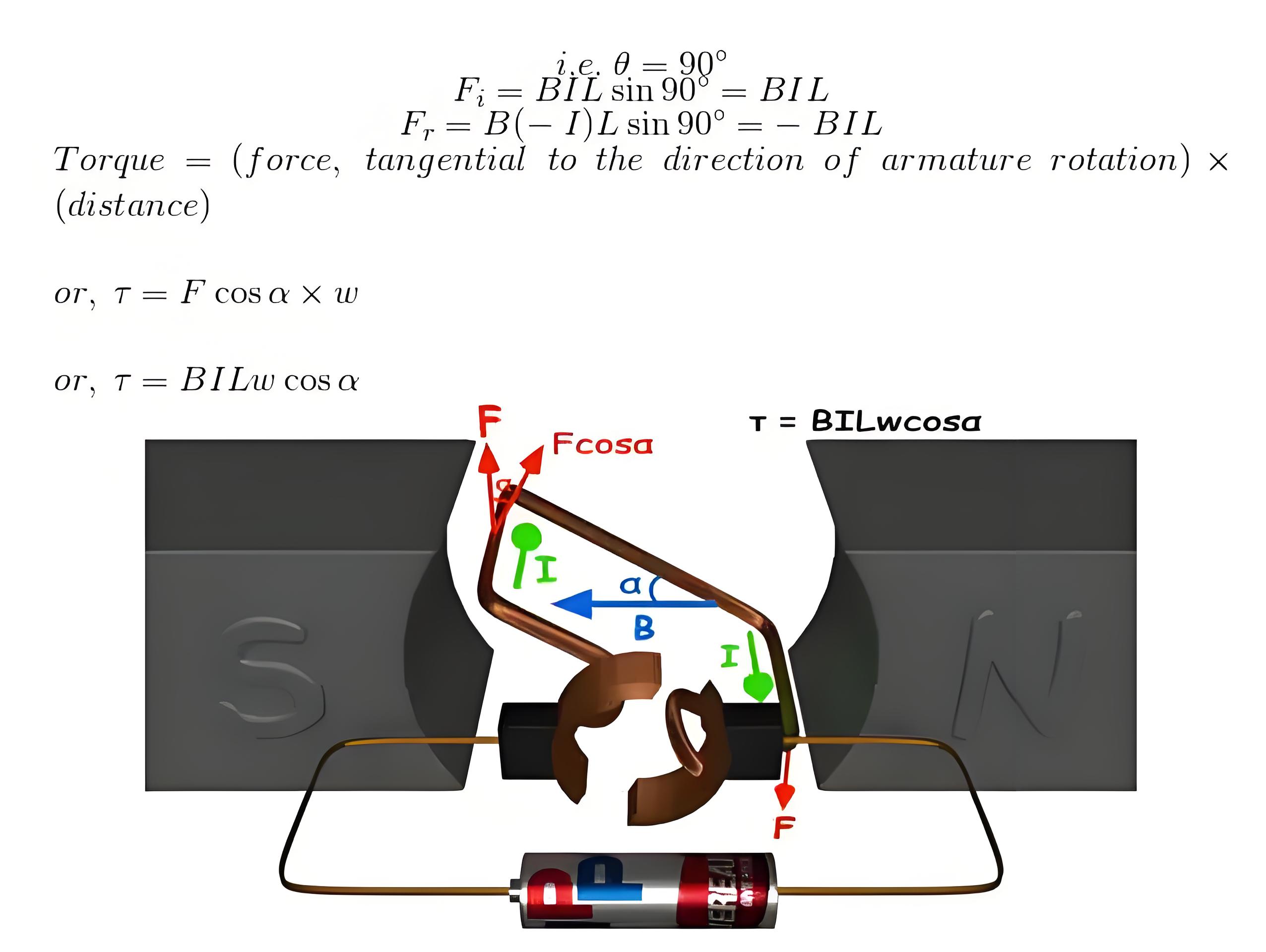
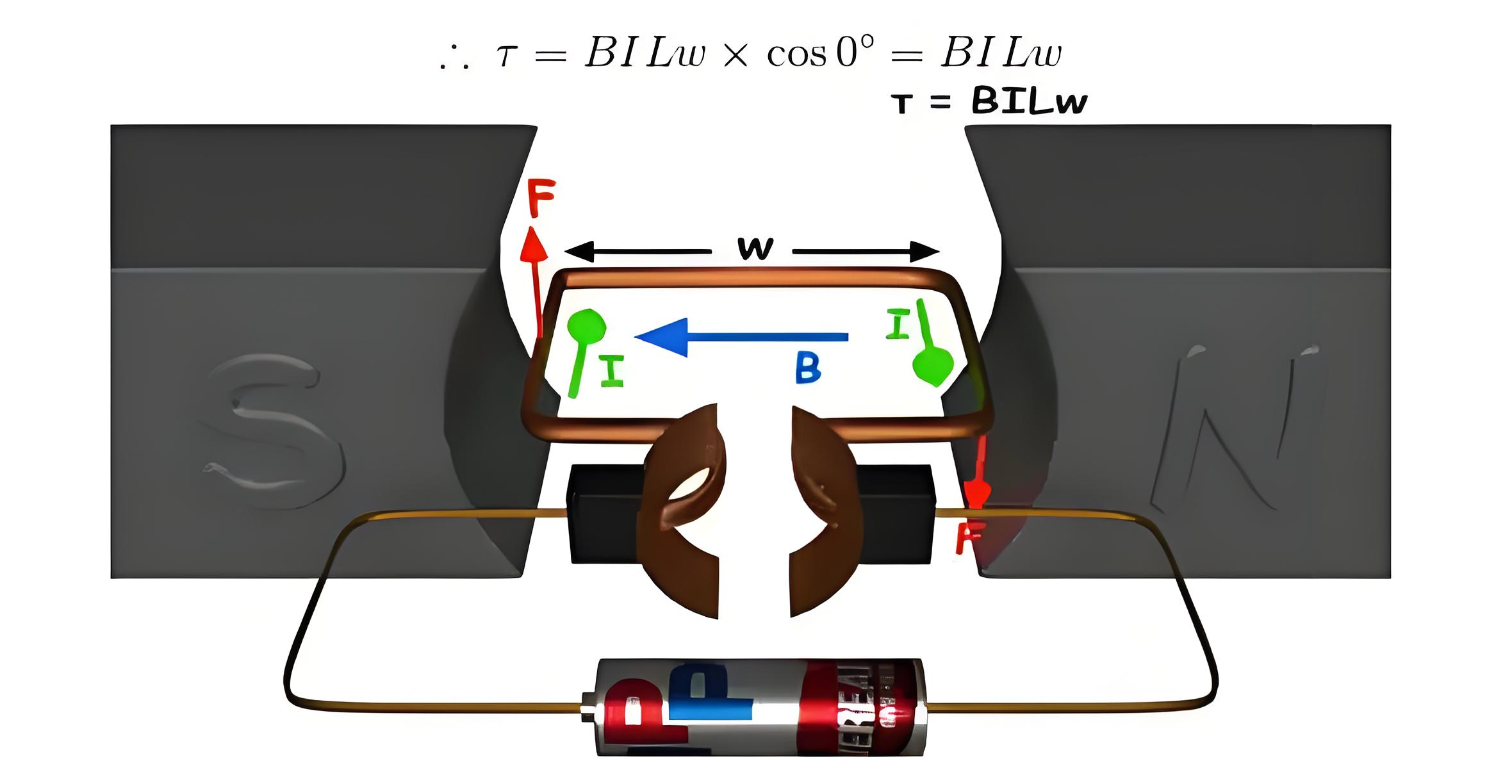
The torque in this case is given by τ = BILwcosα which is less than BIL w when α is greater than 0o.
Step 3:
In the path of the rotation of the armature a point is reached where the actual position of the rotor is exactly perpendicular to its initial position, i.e. α = 90 o, and as a result the term cosα = 0.
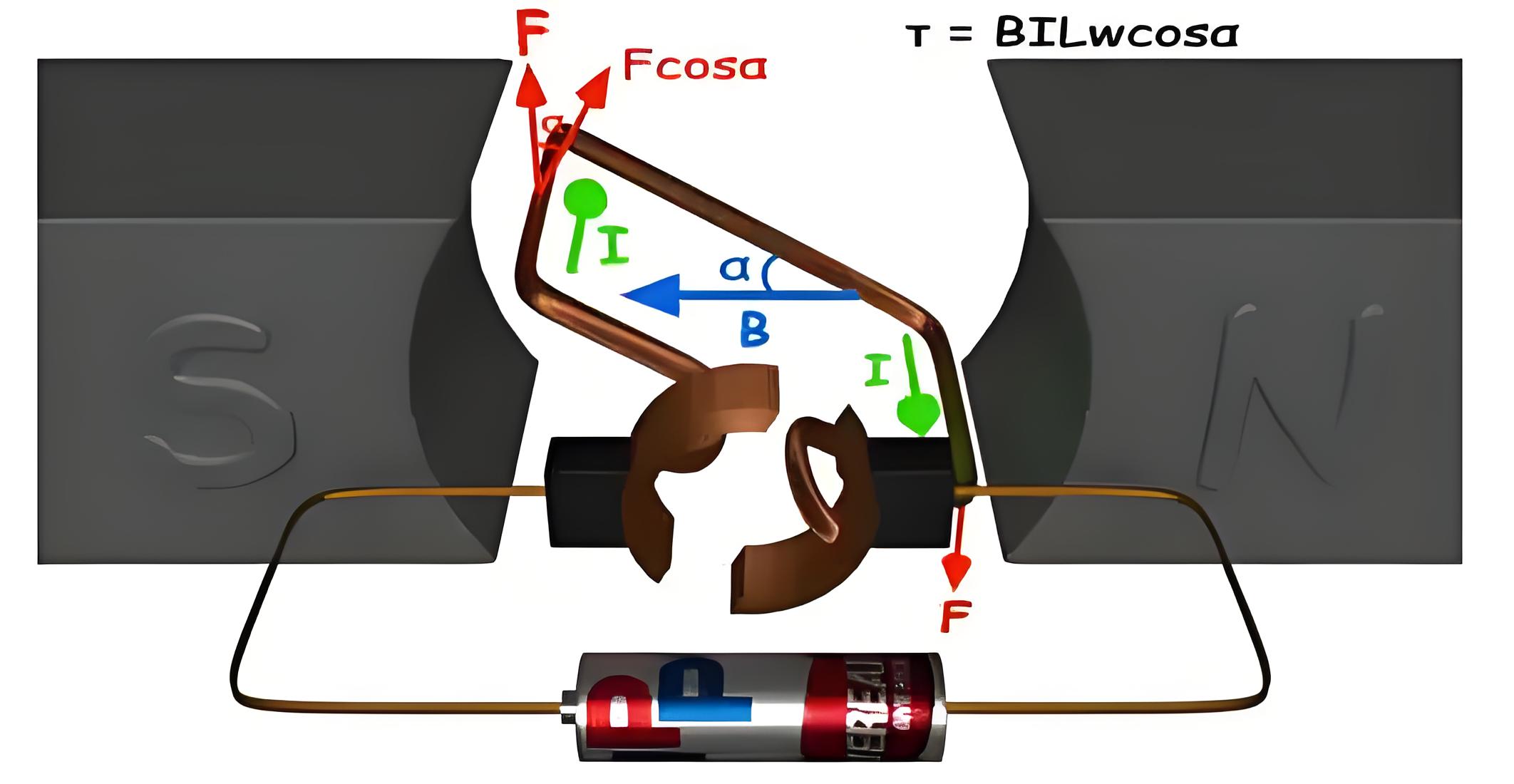
The torque acting on the conductor at this position is given by,
i.e. virtually no rotating torque acts on the armature at this instance. But still the armature does not come to a standstill, this is because of the fact that the operation of DC motor has been engineered in such a way that the inertia of motion at this point is just enough to overcome this point of null torque.
Once the rotor crosses over this position the angle between the actual position of the armature and the initial plane again decreases and torque starts acting on it again.
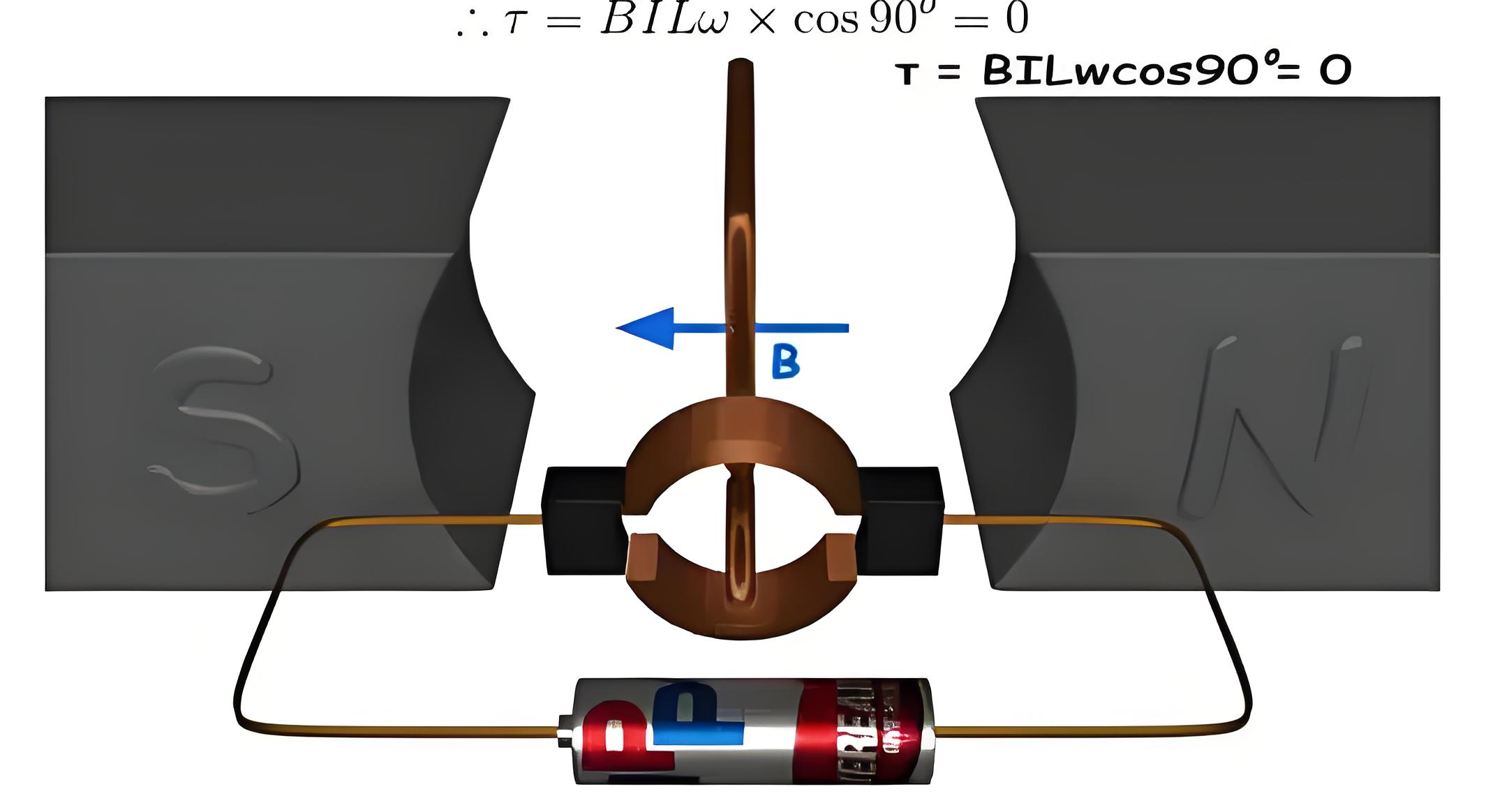
The Electricity Encyclopedia is dedicated to accelerating the dissemination and application of electricity knowledge and adding impetus to the development and innovation of the electricity industry.

